How Positive Expiratory Pressure (PEP) Masks Work and the New HydroBubble
Key Takeaways
| Topic | Key Points |
|---|---|
| What is a PEP Mask? | A PEP mask is used for chest physiotherapy to keep airways open and clear lung secretions. |
| How HydroBubble Works | HydroBubble uses bubble PEP to create positive pressure by blowing bubbles into water. |
| Benefits of HydroBubble | Clears lung secretions, reduces infection risk, and improves lung health. |
| Hydrate for Health | Known for innovative health products and excellent customer service. |
Understanding PEP Masks: Traditional Use and the Innovative HydroBubble
Positive Expiratory Pressure (PEP) masks are commonly used devices in respiratory physiotherapy to help clear secretions from the lungs. They work by creating positive pressure during exhalation, which helps keep the airways open and moves mucus up towards the larger airways to be cleared by coughing.
Understanding Positive Expiratory Pressure (PEP) Masks
Positive Expiratory Pressure (PEP) masks help people with breathing problems. They make it easier to breathe and lower the risk of lung infections. Let’s learn how they work and look at a new product called HydroBubble by Hydrate for Health.
How PEP Masks Work
PEP masks are special devices that help improve lung function in people with long-term breathing problems like cystic fibrosis, COPD, and bronchiectasis.
Here’s how they work:
- Positive Pressure: Breathing out through the mask creates pressure in the lungs, keeping airways open.
- Secretion Moving: This pressure helps loosen mucus in the lungs.
- Improved Expulsion: The loosened mucus moves to larger airways,
- m
- aking it easier to cough out.
Traditional PEP masks work by using a face mask with a
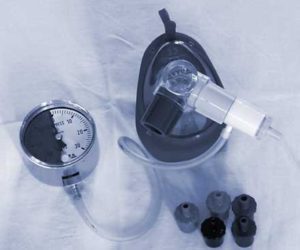 one-way valve and an expiratory resistor. The patient breathes in slightly larger breaths, holds for a few seconds, then exhales slowly through the mask. This process is repeated, followed by huffing or coughing to clear the loosened mucus.While effective, traditional PEP masks have some drawbacks:
one-way valve and an expiratory resistor. The patient breathes in slightly larger breaths, holds for a few seconds, then exhales slowly through the mask. This process is repeated, followed by huffing or coughing to clear the loosened mucus.While effective, traditional PEP masks have some drawbacks:
- They can be expensive and create a lot of waste.
- Cleaning them properly can be tricky, which may lead to contamination.
- Some people, especially children, may find them scary or unpleasant to use on their own.
Introducing the Innovative HydroBubble
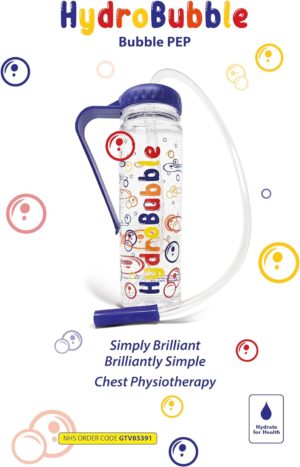
The HydroBubble is a groundbreaking device designed to revolutionize PEP therapy, particularly for children with Cystic Fibrosis. Developed through a collaboration between NHS trusts and Hydrate for Health, the HydroBubble fixes many of the issues of traditional PEP devices.
| Feature | Traditional PEP Masks | HydroBubble |
|---|---|---|
| Sustainability | Single patient use, generates waste | Reusable, reduces environmental impact |
| Cost | Expensive | More affordable, cost-effective |
| Ease of Use | Can be difficult for some patients | User-friendly design, stable and easy to hold |
| Cleaning | Complex, risk of contamination | Dishwasher safe, simple maintenance |
| Patient Engagement | Some find therapy tedious/off putting | Makes therapy fun, improves willingness to use |
The HydroBubble uses Bubble PEP therapy, where the patient blows into a bottle of water through a tube, creating bubbles and resistance. This helps keep airways open, moves secretions, and creates vibrations to loosen mucus. The simple yet effective design offers several key benefits over traditional PEP masks, as shown in the table above.
How do you set up and use the Hydrobubble for Bubble PEP Therapy?
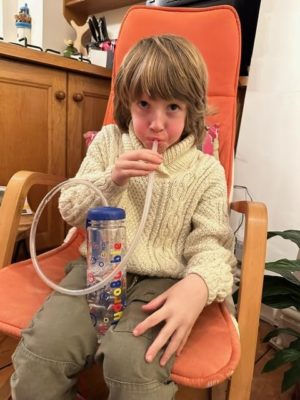 Here are simple instructions for using the HydroBubble to do Bubble PEP therapy:
Here are simple instructions for using the HydroBubble to do Bubble PEP therapy:
What You Need:
- The HydroBubble device
- Water
- Liquid soap (optional)
- Food colouring (optional)
- A tray or bowl to catch the bubbles
Steps:
- Fill the HydroBubble with about 10 cm of water. You can add a few drops of liquid soap and food colouring to make it more fun if you want.
- Put the HydroBubble in the tray or bowl.
- Have your child take a deep breath in through their nose.
- Then have them blow out through the HydroBubble mouthpiece into the water. They should blow out for as long as they can to make lots of bubbles. Try to get the bubbles to come out the top!
- Repeat this 10 times. This counts as 1 cycle.
- After 10 breaths, have your child do a huff cough to get the mucus out of their lungs. A huff cough is a short, strong breath out with the mouth open. Spit out any mucus that comes up.
- Rest for a minute if needed. Then repeat steps 3-6 for 2 more cycles.
- When done, wash the HydroBubble parts with soap and water. Let it air dry on a clean towel until the next use. Clean the HydroBubble or put it in the dishwasher.
The HydroBubble helps open up the airways to get the mucus out of the lungs. Blowing bubbles is the fun part! Always follow the instructions from your doctor or therapist for how often to do this therapy.
To learn more about the HydroBubble or to purchase, visit the Hydrobubble product page. You may also find our post on Sp02 Monitoring useful.
Here are some key benefits of using the HydroBubble:
- Enhanced Airway Clearance: The unique bubble PEP technology ensures efficient airway clearance, reducing the build-up of secretions in the lungs.
- Infection Prevention: By regularly clearing secretions, users can significantly lower their risk of respiratory infections, which is crucial for individuals with chronic lung conditions.
- User-Friendly Design: The HydroBubble is designed to be simple and engaging, making it suitable for both children and adults. The process of blowing bubbles into water is not only effective but also enjoyable.
- Portable and Convenient: The compact design of the HydroBubble makes it easy to use at home or on the go, ensuring that users can maintain their therapy routine without disruption.
 Testimonials and Expert Opinions For the Hydrobubble Pep Mask Alternative
Testimonials and Expert Opinions For the Hydrobubble Pep Mask Alternative
Many users and healthcare professionals have praised the HydroBubble for its effectiveness and ease of use. Here are a few testimonials:
Rebecca Bott, mother of Ivan Wright – a Cystic Fibrosis patient, said:
“The device is really simple and effective, and it makes chest physiotherapy fun for Ivan.“He can already drink by himself, so HydroBubble is simple for him to use by himself.”
Yasmin Hussaini and Jane White from the Cystic Fibrosis Team said:
“Children with Cystic Fibrosis need to do chest physiotherapy every day, which they can find onerous. We want to help keep their lungs as healthy as possible, and one way we can do this is by using Bubble PEP.“The traditional Bubble PEP device consists of a bottle and tubing. It is complex to clean and challenging for our younger patients to use without the aid of an adult. It also creates a huge amount of plastic waste on our wards, as the device needs to be changed weekly. Therefore, we teamed up with Mark Moran, MBE from Hydrate for Health and developed the HydroBubble, which ticked all our boxes.
“We have been using HydroBubble with our Cystic Fibrosis toddlers and children. The device, which our children use twice daily for chest physiotherapy and think is great fun, can be conveniently used indoors, outdoors or on the go.
“The HydroBubble can also be used by adults and children who suffer with extra secretions, as well as people who have been diagnosed with a chronic lung condition such as COPD and Bronchiectasis.”
Maggie Hufton, UHCW Consultant Paediatrician, said:
“Airway clearance is a vital part of paediatric Cystic Fibrosis care, and we are so proud to be part of this exciting development.“We have been trialling it on the ward to improve airway clearance for children with pneumonia and long-term respiratory conditions to aid quicker recovery and reduce length of stay. The device is colourful and easy to use, and our younger patients love using it.”
HydroBubble On BBC TV
Hydrate For Health – Another innovative design! Who are Hydrate for Health?
Key facts about Hydrate for Health and its products:
- The Hydrant water bottle was designed to address the issue of dehydration in healthcare settings, which is a major concern for patients with limited mobility.
- The unique, patented design of the Hydrant allows it to be easily attached to beds, chairs, and wheelchairs, ensuring patients have constant access to fluids.
- Hydrate for Health has successfully sold its products to the NHS, demonstrating the effectiveness and demand for their innovative solutions.
- In recognition of their groundbreaking work, Hydrate for Health was awarded the prestigious Queen’s Award for Enterprise in Innovation in 2013.
During the COVID-19 pandemic, Hydrate for Health quickly adapted to the needs of healthcare professionals by creating a face shield designed to protect against the virus. This showcases the company’s agility and commitment to supporting the healthcare community during challenging times.
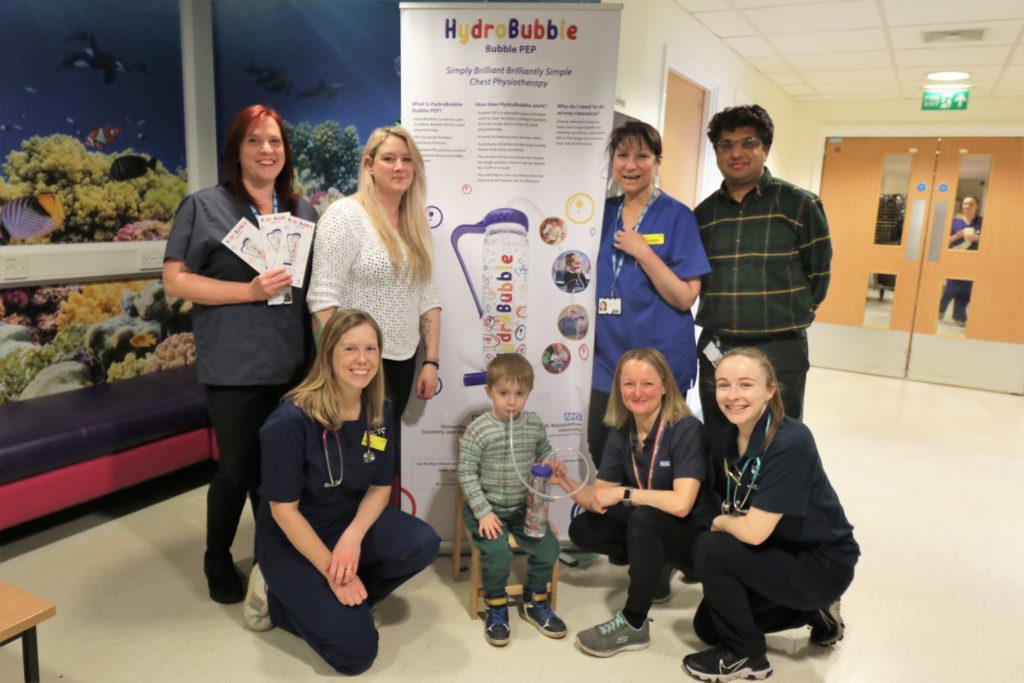
Further Reading: Learn more about PEP therapy:
- Positive Expiratory Pressure Physiotherapy for Airway Clearance in People With Cystic Fibrosis – Cochrane Review
- PEP Therapy in Secretion Management – Hospital Healthcare Europe article
- Bubble PEP information from Great Ormond Street Hospital
FAQs for the Hydrobubble Therapy Bottle
What is the HydroBubble?
The HydroBubble is an innovative device designed to deliver Bubble PEP (Positive Expiratory Pressure) therapy for chest physiotherapy, particularly for children with cystic fibrosis.
How does the HydroBubble work?
The HydroBubble creates positive pressure when the patient blows bubbles into water through a tube. This helps keep airways open, produces vibrations in the lungs to loosen secretions, and moves secretions towards larger airways for easier clearance through huffing or coughing.
What are the benefits of using the HydroBubble compared to traditional Bubble PEP methods?
The HydroBubble offers several advantages over traditional Bubble PEP methods that use a bottle and tubing:
- Reusable and sustainable, reducing waste and environmental impact
- Cost-effective, providing savings without compromising quality or effectiveness
- User-friendly and stable design, enhancing patient comfort and safety
- Easy to clean and maintain, being dishwasher safe and equipped with a cleaning brush
- Much MORE FUN TO USE!
How often should the HydroBubble be used for therapy?
Healthcare professionals will advise patients on the correct frequency of use based on their individual needs. In general, children with cystic fibrosis may use the HydroBubble twice daily for chest physiotherapy.
How much water should be put into the HydroBubble?
Just use enough to cover the bottom of the tube and a bit more to create fun bubbles!
Can the HydroBubble be used for other respiratory conditions besides cystic fibrosis?
Yes, the HydroBubble’s versatility makes it suitable for various respiratory conditions that require Bubble PEP treatment, such as COPD, bronchiectasis, and pneumonia.
Is the HydroBubble suitable for both children and adults?
While the HydroBubble was primarily developed for children with cystic fibrosis, it can also be used by adults and children who suffer from excess secretions or have been diagnosed with chronic lung conditions.
How do I clean and maintain the HydroBubble?
The HydroBubble bottle and cap are dishwasher safe up to 80°C. Solutions like Milton may also be used to sterilize all parts. The device comes with a flexible tube cleaning brush to simplify maintenance and ensure optimal hygiene.
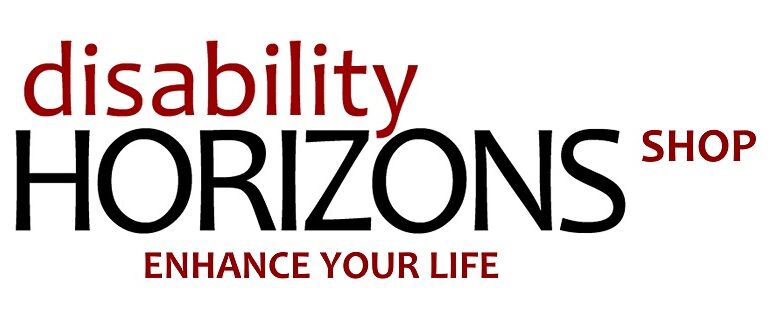

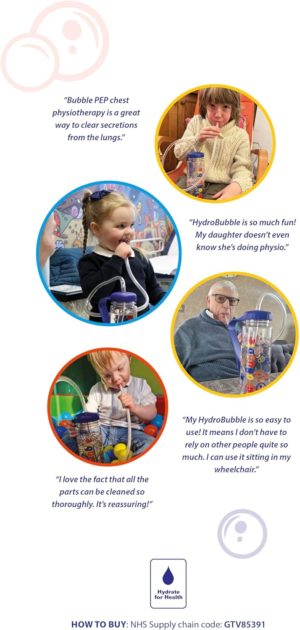 Testimonials and Expert Opinions For the Hydrobubble Pep Mask Alternative
Testimonials and Expert Opinions For the Hydrobubble Pep Mask Alternative